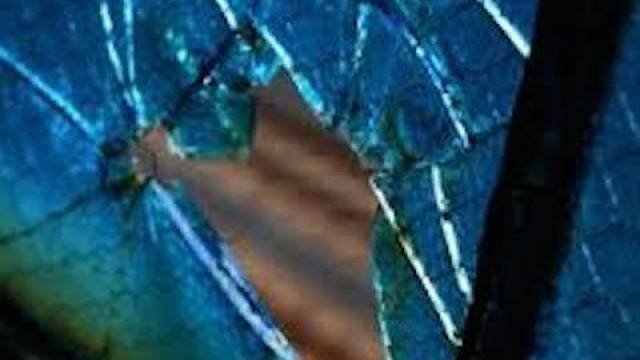The Usable Glass Strength Coalition (UGSC) is seeking Research Proposals focused on gaining a deeper understanding of the relationship between Surface Structure, Surface Chemistry and the Strength of Glass.
Specifically, the UGSC is seeking proposals to answer the fundamental question: Where and how do flaws nucleate in glass? This request will be limited to proposals that address the following research topics:
• What are the nature of the surface defect structures and reactive sites?
• What is the link between surface structure and adsorption water and other environmental species?
• What are the changes in surface structure and surface chemistry which occur as glasses are aged from pristine conditions?
• What are the mechanisms behind the reduction in strength due to zero stress corrosion/aging?
• What are the differences between a fracture surface and a melt surface?
• Determination of sites with a predisposition to flaw initiation and an understanding of how to change their fate.
The mission of the UGSC is to develop an industry driven and supported pre-competitive research program to identify critical parameters for improving the usable strength of glass. While research into the strength (and weakness) of oxide glasses has been the subject of interest in both the glass and fracture mechanics communities for many years, very little improvement in the practical, useful strength of these materials has been realized.
The proposed UGSC structure is based on the premise glass companies cannot independently support a fundamental research agenda to understand and significantly improve the usable strength of glass. However by working together with pooled funding and shared risk, the opportunity to significantly improve the usable strength of glass is achievable.
The proposed coalition will focus on “pre-competitive research” with the following key benefits to coalition members:
• A fundamental understanding of the initiation of flaws in both simple and multicomponent oxide glasses, including new tools and analysis techniques.
• Ensuring that glass science researchcontinues at the university level and to provide industry guidance on the direction of research.
• Fostering collaborative relationships between industry members and between industry and universities.
• The development of the next generation of glass technical experts and researchers.
A number of industry and university experts have contributed to the creation of a research strategy. The overall focus of the research strategy can be described in terms of improving the understanding of: Firstly, Glass surface structure and chemistry, particularly as it relates to the susceptibility to chemical, thermal and physical damage. A focus on how environmental variables impact the surface chemistry and structure of the glass is desirable. Secondly, Mechanisms of chemical and physical damage (flaw generation) as they relate to usable strength reduction. Specifically, a focus on fracture mechanisms at the atomic scale would be considered positive. Research involving a comparison between a boron-free and fluorine-free E-glass and a sodalime silicate glass is encouraged. For information on possible approaches and how to submit proposals, contact Donna Banks: dbanks@gmic.org. The deadline for submission for proposals is March 1, 2016.



